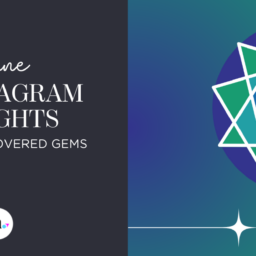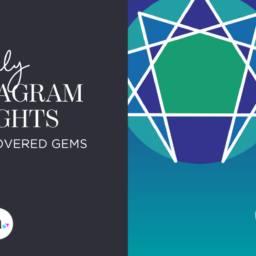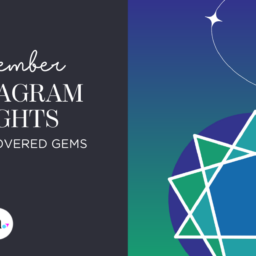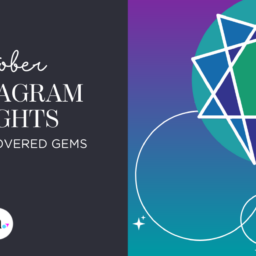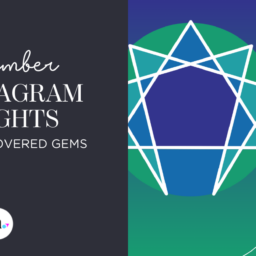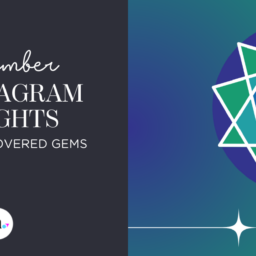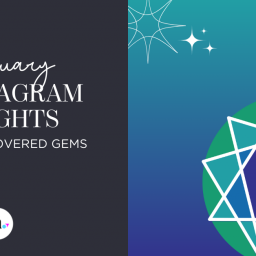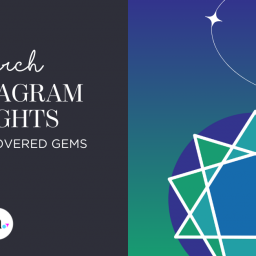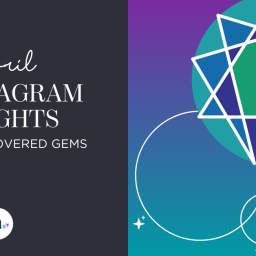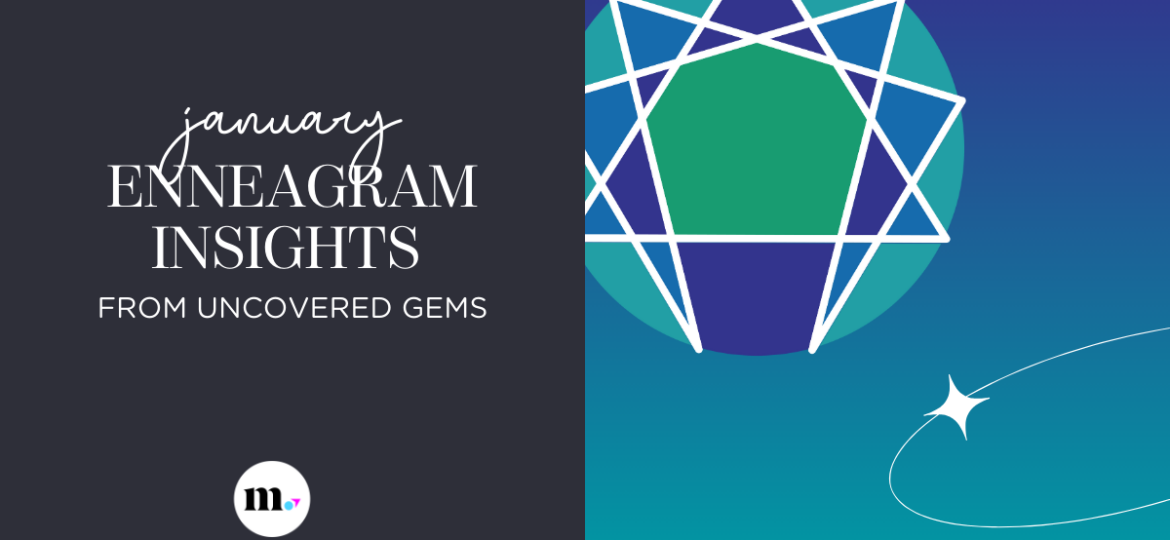
 Welcome to Indy Maven’s Enneagram column coming by way of Jenn Lisak Golding of Uncovered Gems. Check out her website for even more info from the world of Enneagram, or to book a private session.
Welcome to Indy Maven’s Enneagram column coming by way of Jenn Lisak Golding of Uncovered Gems. Check out her website for even more info from the world of Enneagram, or to book a private session.
In these columns, we’ve talked a lot about how you can leverage the Enneagram in your personal life to learn more about yourself and how your core motivations impact behavior and relationship dynamics. But the Enneagram is an exceptionally helpful tool in a professional setting— especially if everyone is aware of their types and there is ongoing education or coaching available internally.
While the Enneagram is rapidly growing in popularity as an emotional intelligence tool in the workplace, you may be one of the only people in your work environment who knows their Enneagram type or even what the Enneagram is. That’s OK! You can still deepen your knowledge of the Enneagram to help you navigate tough conversations, learn more about your colleagues, and figure out how to work more collaboratively with your team.
So, how can you use your knowledge of your type or the Enneagram in a professional setting? Here are three ways to embrace the Enneagram at work.
1. Take note of what’s communicated during conflict. Many times, we can gather insights about others based on what people say during conflict. Take note of what was said—not just what you heard—and see if you can pick up any helpful context clues of why they’re upset or frustrated. It will likely shed some light on their core motivations and fears, which can help you navigate conflict better in the future. It can also open up an opportunity for discussion and growth as a team.
2. Be open about your strengths and limitations. I realize that’s not comfortable for everyone, but I find that I build deeper relationships when I’m honest about both my strengths and weaknesses with my team, my clients, and my partners. For example, I read into everything (i.e., reading between the lines even when subtext isn’t there)—especially in written communication. Since 93% of communication is nonverbal (e.g., body language, tone, inflection), we only get 7% context in textual communication. Many times, I will request a phone call or video call to discuss something sensitive so that I can pick up on nonverbal clues. I am upfront with people about this and also find that by sharing this, others are willing to open up about where they shine and areas of improvement. By doing so, I have a better idea of what their core fears or motivations are, which can help me decipher how to approach them in the future. It leads to more authenticity and direct communication.
3. Ask about preferred communication styles. This is a big question that can solve a LOT of problems in the workplace and also tell you a lot about individual team members. It’s important to not only ask how they prefer to communicate (e.g., text, phone, video call, email), but also what information they want to know to be successful. For example, my team has clear guidelines on when we use Slack to collaborate versus a text or phone call. I am also vocal about my preference for the more detail, the better. However, I have another team member who thrives when they know the goal of the task and the absolutely necessary information from the client, but the minute details don’t help them. They want the creative space to explore their work. By asking your colleagues this question, it can tell you a lot about how they work, how they communicate, and how they think.
That said, there are a few things you need to keep in mind:
- Humans are multifaceted and nuanced. While I can make an educated guess about Enneagram types as a certified coach before a typing interview, I try to avoid making any assumptions. That’s because, in our personal and professional lives, we filter ourselves based on what we’re comfortable with. How we show up at work and how we show up personally can be vastly different. Do not make assumptions; it can bite you later on.
- Many people still have trouble embracing the concept of personality assessments because they feel like it boxes them in. While that’s not the intention of these typing systems, it’s important to tread carefully when talking to others about the Enneagram. Instead of trying to figure out their type, maybe pay attention to what makes that individual unique or inspired. Many times, we can learn more about others when we see them come alive. You can also take the approach of educating others about what you’ve learned about the Enneagram and how it’s helped your journey. Let them decide if they want to ask more.
- Some people are not comfortable with others knowing their Enneagram type. Some even feel that information can be weaponized against them. Respect their choice to share or not share.
- If you do want your company to explore leveraging the Enneagram, I’d recommend first talking to your direct manager about potentially exploring it for your team or division or asking their thoughts about taking your recommendation for HR. Their response will help you decide how to move forward.
The bottom line is that asking questions and sharing information can help you collaborate better and learn more about others. Listen to the words that are being said, not just what you think you heard. Be observant. It’ll help more than you know!
I love working with teams to help them collaborate more effectively by using the Enneagram. If you’re interested in a workshop, typing, or customized packages, let’s talk!
Jenn Lisak Golding is a certified Enneagram coach through The Art of Growth and the face behind Uncovered Gems. She is also the founder and owner of the sister brand Sapphire Strategy, a measured marketing agency. As a long-time fan of emotional intelligence, Jenn is passionate about helping individuals, teams, and leaders on their personal and professional growth journeys.
All of our content—including this article—is completely free. However, we’d love if you would please consider supporting our journalism with an Indy Maven Digital membership.







